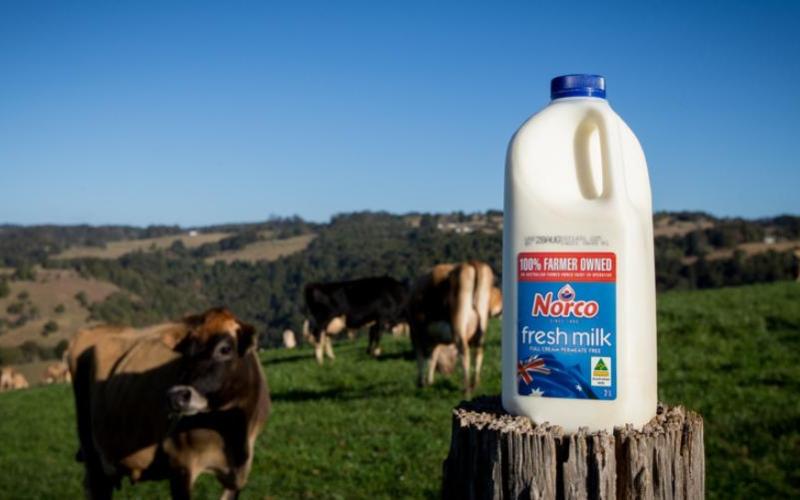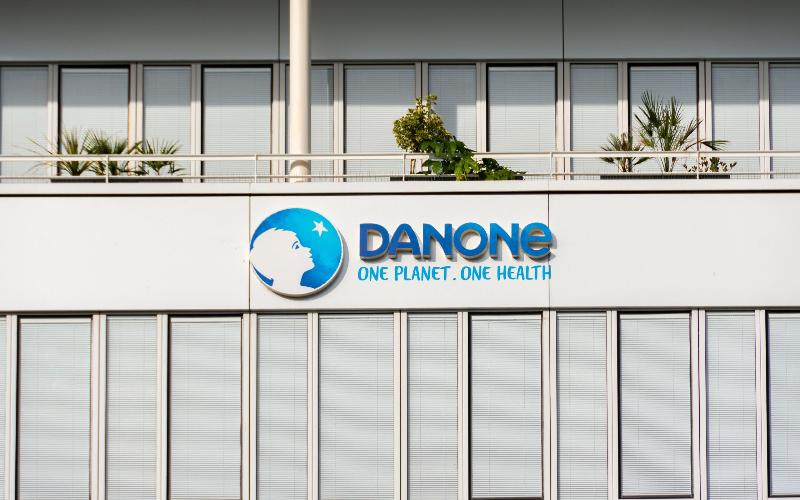U.S. Dairy Producers Witness Significant Rise in Butterfat Content
Sourse: The DairyNews
In recent years, the U.S. dairy sector has observed a notable increase in the butterfat content of milk, a trend that is significantly impacting the industry, according to the latest USDA National Agricultural Statistics Service Milk Production Report and Ag Prices Report for May.

Despite a slight year-over-year decrease of 0.9% in total milk production, the May Ag Prices Report revealed a continuous rise in butterfat levels. The national average reached 4.17% in May 2024, up from 4.06% the previous year, signaling a shift towards richer milk content.
Isaac Salfer, an assistant professor of dairy nutrition at the University of Minnesota, explained that traditionally, a good milk fat benchmark for a Holstein herd was around 3.75%. This has evolved significantly, with regions like the Upper Midwest reporting average butterfat levels exceeding 4.0% for the first time ever by 2021, a stark rise from the 3.7% to 3.8% range seen from 2000 to 2012.
Salfer identifies four key factors contributing to the increase in butterfat percentages:
Isaac Salfer, an assistant professor of dairy nutrition at the University of Minnesota, explained that traditionally, a good milk fat benchmark for a Holstein herd was around 3.75%. This has evolved significantly, with regions like the Upper Midwest reporting average butterfat levels exceeding 4.0% for the first time ever by 2021, a stark rise from the 3.7% to 3.8% range seen from 2000 to 2012.
Salfer identifies four key factors contributing to the increase in butterfat percentages:
- Improved ration formulation, focusing on the use of rumen-protected fatty acids and enhanced fatty acid digestibility.
- Enhanced forage quality, allowing for diets richer in fiber without compromising the energy available for milk production.
- Better feed management techniques, optimizing cows' time at the feed bunk.
- Genetic selection, with a particular emphasis on traits related to milk fat percentage through the Net Merit $ selection index.
Key News of the Week














